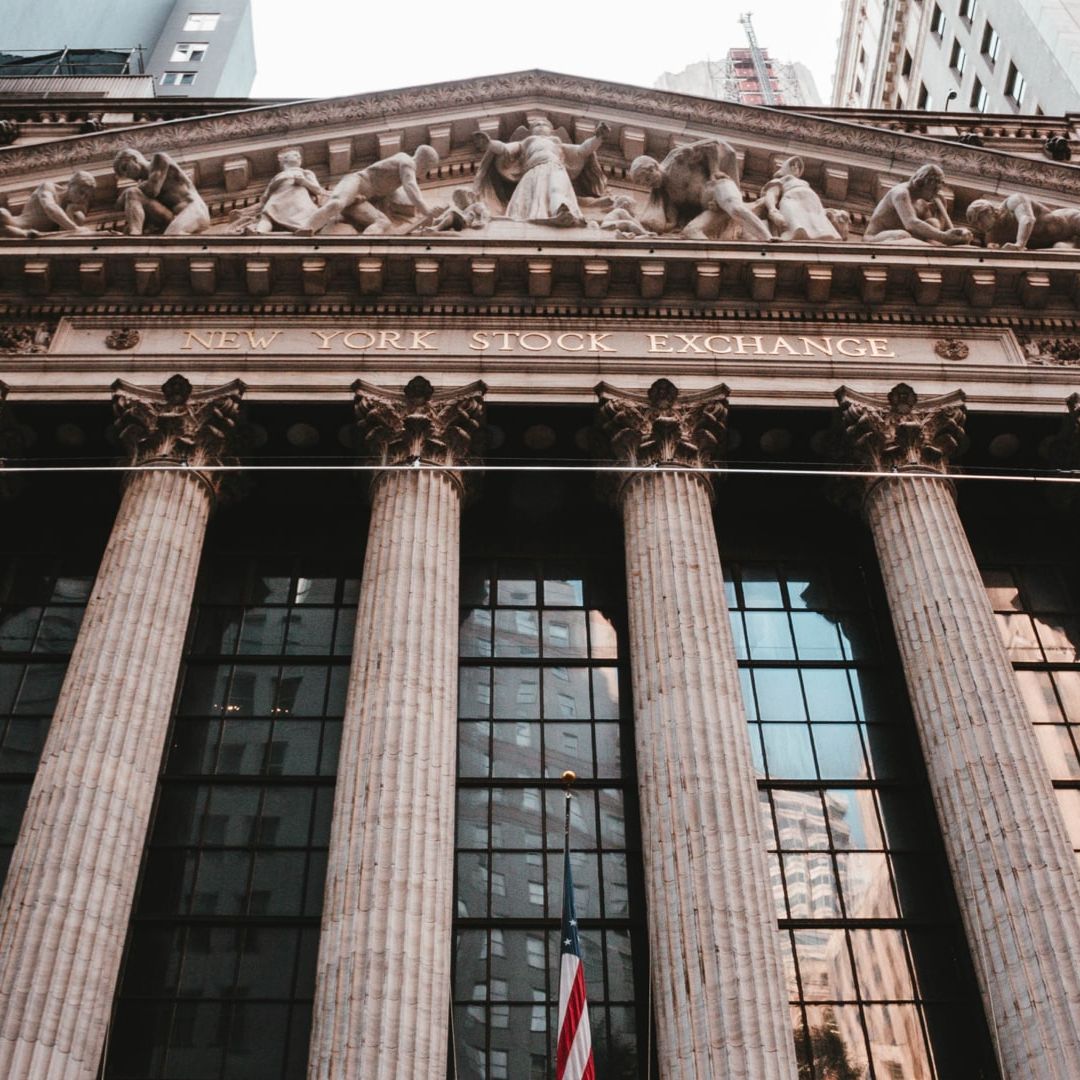A telltale recession signal on Wall Street hasn't been this jumpy since the Volcker era some 40 years ago. Just like Paul Volcker, the former Federal Reserve chairman, who used interest-rate hikes to combat high inflation, today's Fed Chair Jerome Powell faces a similar challenge.
Recent months have seen the U.S. government offering higher returns for 2-year Treasury securities compared to 10-year securities, resulting in a mismatch in yields that creates what is known as an "inverted yield curve" in the Treasury market. This has been a historically strong signal that a U.S. recession may be on the horizon, although the timing can vary significantly.
While an inverted yield curve may not necessarily be an accurate timing signal for the stock market, this recent period of inversion has been particularly volatile for bonds. The $26 trillion Treasury market has served as a rudder amidst the turbulence.
In October, as longer-duration bond yields approached 5%, the S&P 500 and Nasdaq Composite Index fell into correction territory. However, they later rebounded in November, with all three equity benchmarks seeing back-to-back weekly gains by Friday.
This back-and-forth movement in the yield curve reflects a rollercoaster ride akin to greyhounds chasing a mechanical rabbit that suddenly reverses course. According to Fed data, this situation is the most extreme since Volcker's time at the helm of the Fed.
Peter Corey, co-founder and chief market strategist at Pave Finance, likens the "rabbit" to recent comments from the Federal Reserve regarding rates, inflation, and the economy. Since July, when the policy rate reached a 22-year high of 5.25% to 5.5%, these remarks have played a significant role in shaping market reactions.
The inverted yield curve serves as a noteworthy indicator during these uncertain times as investors keep a close eye on the ever-changing financial landscape.
The Federal Reserve's Watchful Pause
The Federal Reserve has been on hold since July, keeping interest rates steady while closely monitoring economic and inflation data. Market participants eagerly await any indications of the central bank's next move.
Key Inflation Update
Thierry Wizman, a global rates strategist at Macquarie, anticipates an important milestone for the market with the release of the U.S. consumer-price index for October on Tuesday. He suggests that a lower headline CPI result may ease concerns over excessive wage demands in the labor market and thus have a calming effect on markets.
Inflation Concerns Linger
In September, consumer prices exceeded forecasts, registering a yearly rate of 3.7%. Fed Chair Jerome Powell acknowledged that higher interest rates might be necessary to effectively bring inflation down to the central bank's 2% target. This echoed his earlier message from the November press conference.
Yield Dynamics
Another area of concern for the Federal Reserve is the upward movement of long-term Treasury yields. However, Powell clarified that policy decisions are not currently reliant on higher long-term yields.
As of Friday, the 10-year Treasury yield stood at 4.627%, down from October's 5%. Despite this decline, it remains above the recent low of 3.3% in April. FactSet data indicates that the 2-year yield was at 5.06% on Friday. It is worth noting that the yield curve has been inverted since last year.
Anticipating Economic Slowdown
Pave analyst Corey suggests that a sustained inversion typically leads to a "steepening" or renormalization of the yield curve. This phenomenon represents traders expecting an economic slowdown as well as potential Fed rate cuts in response.

Leave A Reply
Your email address will not be published. Required fields are marked *